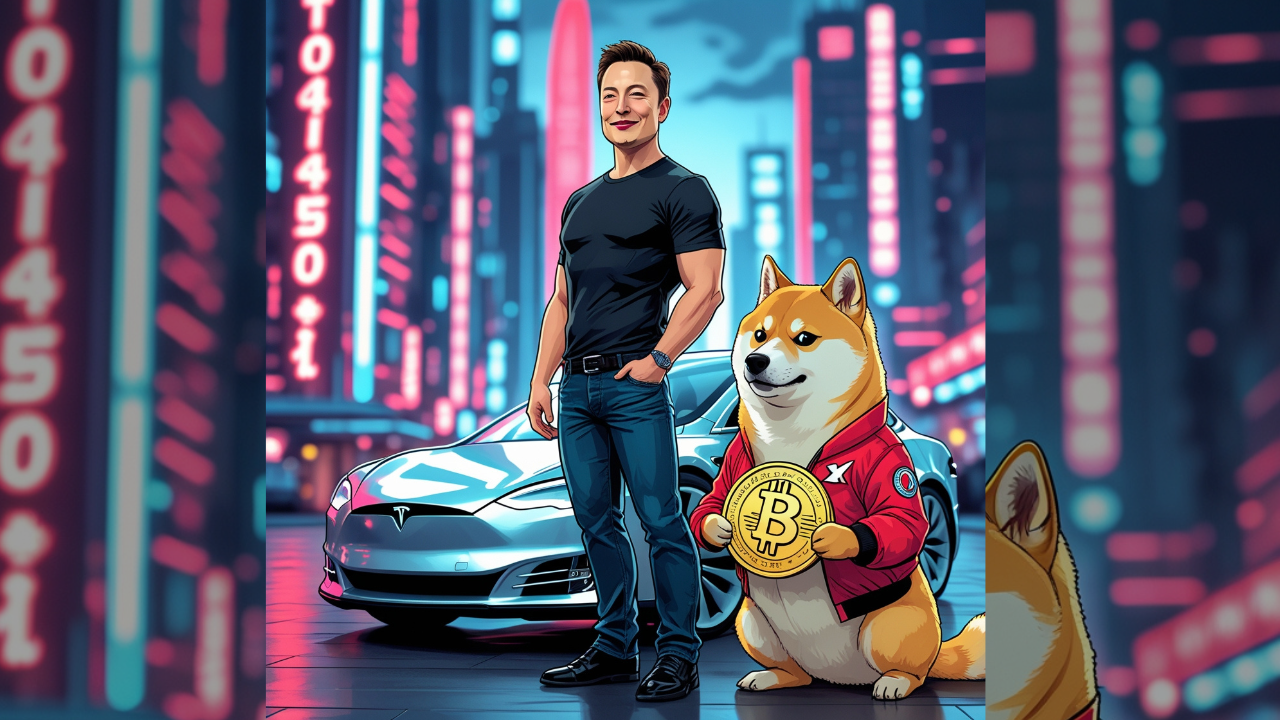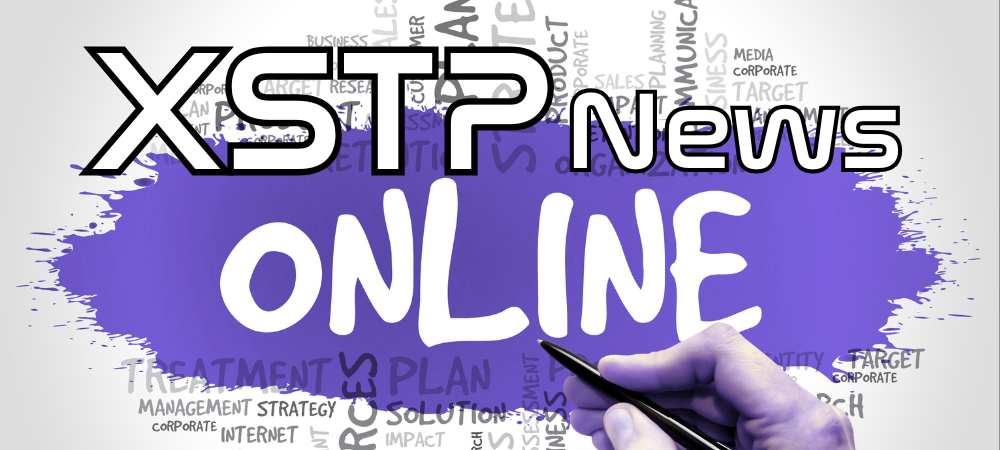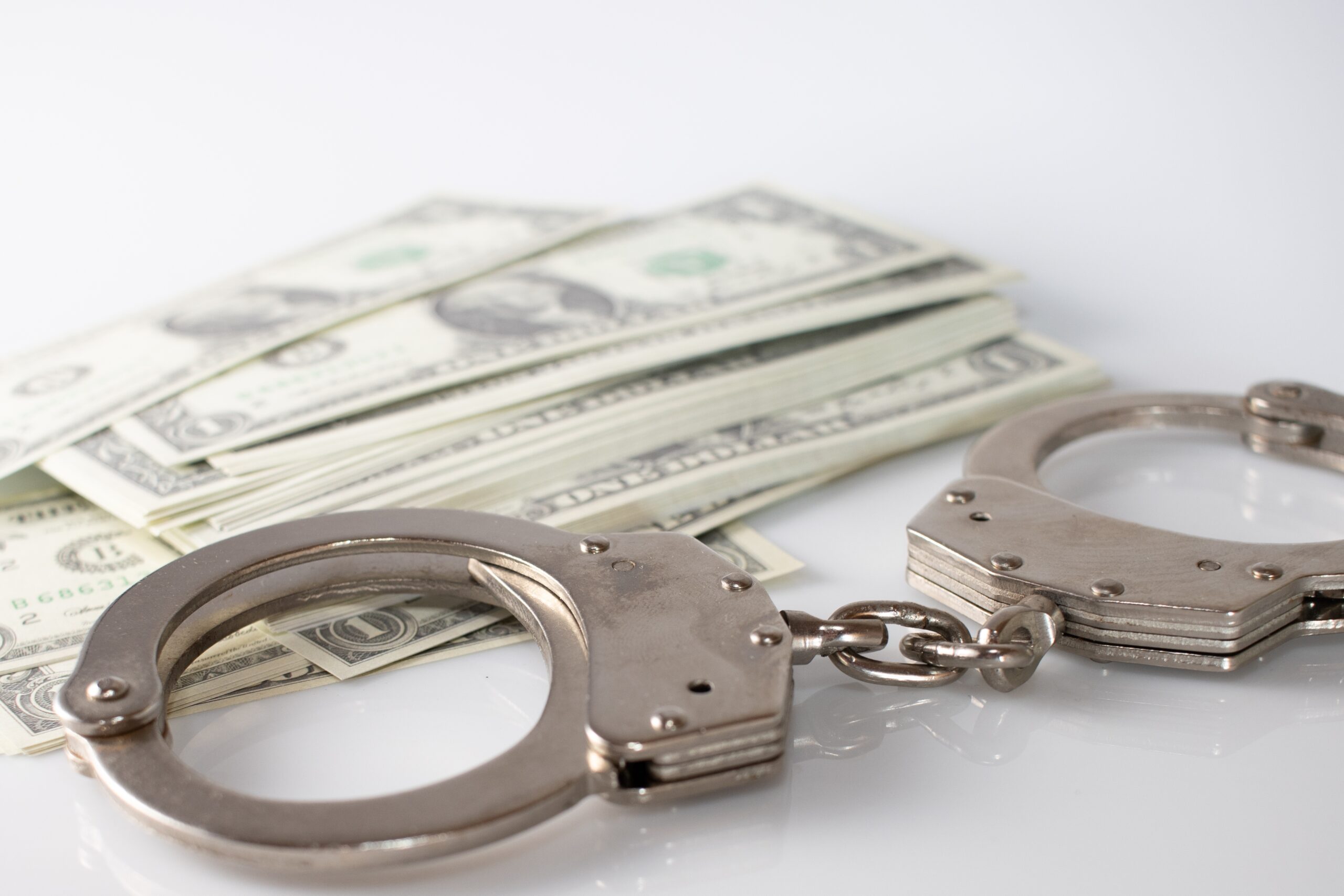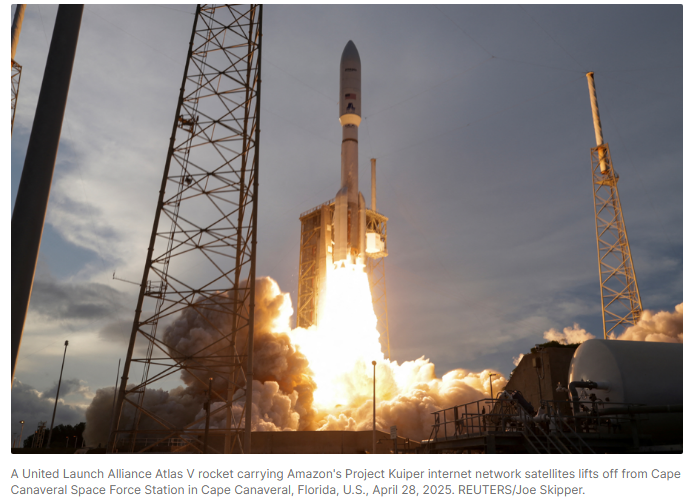Source: Invest Wallstreet
In Tesla’s Q1 earnings call on Tuesday, April 22, 2025, after U.S. markets closed, Elon Musk announced he would “significantly” scale back his involvement with the Trump administration’s Department of Government Efficiency (DOGE) starting in May, redirecting his focus to Tesla’s operations. Despite this shift, Musk emphasized that contributing to DOGE remains critical, pledging to support President Trump to “prevent the return of waste and fraud.”
Musk also vowed to continue pressing Trump to reduce tariffs, which pose challenges for the low-margin auto industry. Tesla reported Q1 revenue of $19.34 billion, missing analysts’ expectations of $21.43 billion and down 9% from $21.3 billion a year ago. Adjusted earnings per share were $0.27, below the forecasted $0.44. Following Musk’s DOGE announcement, Tesla’s stock surged over 5% in after-hours trading, closing temporarily at $250.53.
RoboTaxi Set for June Debut
Musk revealed that Tesla will launch its RoboTaxi in Austin, Texas, in June 2025, starting with 10 to 20 vehicles. He described a “localized parameter configuration,” which Bloomberg interprets as a geofencing system to restrict autonomous operations to specific areas. Taking aim at Alphabet’s Waymo, Musk criticized its costly sensor suite, boasting, “No one can match our team now. In a few years, we’ll have 10 million autonomous vehicles on the road.” He predicted Tesla’s production costs would be a quarter of Waymo’s, adding that buying a non-autonomous car will soon be “like riding a horse and using a flip phone.”
Optimus Production to Ramp Up
Musk shared ambitious plans for Tesla’s Optimus humanoid robot, stating that “at least thousands” will be operational in Tesla factories by the end of 2025. Production is expected to scale to 1 million units annually within five years. To mitigate supply chain risks, Tesla is localizing key components, including batteries and cathodes.
Tariff Resilience and Localization
Musk and CFO Vaibhav Taneja highlighted Tesla’s resilience to Trump’s tariffs, with 85% of its U.S. products compliant with the USMCA and 95% of its China production localized. Vertical integration of components like batteries minimizes reliance on external suppliers. Still, Musk acknowledged tariffs’ impact on the industry and pledged to advocate for reductions, though the final decision lies with Trump.
Affordable Model and Market Outlook
Tesla’s low-cost model remains on track for production in H1 2025, though capacity constraints are slowing progress. The design will leverage existing platforms to maximize efficiency. Musk predicted that consumers will increasingly favor smart cars, likening Tesla’s market shift to the iPhone’s disruption of mobile phones.
Addressing External Challenges
Taneja noted that protests and hostility in some regions slightly impacted Q1 sales, but Musk dismissed them as “orchestrated by vested interests.” He reiterated Tesla’s focus on innovation, citing the updated Model Y and the “unboxing” production system, which aims to reduce Cybercab production line cycle times to 5 seconds from Shanghai’s current 33 seconds.
A Bold Vision for 2025
Despite a challenging Q1, Musk remained optimistic, stating, “The first quarter is typically weak due to winter demand, but Tesla’s future is brighter than ever.” He highlighted milestones like Powerwall deployments exceeding 1 GWh and predicted that Tesla could become “more valuable than the next five companies combined.” With autonomous driving, robotics, and energy as growth drivers, Tesla is betting big on transformative technologies.
Q1 Highlights:
- Revenue of $19.34 billion and adjusted EPS of $0.27 missed estimates; vehicle deliveries, including Cybertruck, fell 24%.
- Political sentiment and protests contributed to Q1 sales declines.
- Musk urged Trump to lower tariffs but noted the decision rests with the president.
- Starting in May, Musk will step back from his DOGE advisory role to focus on Tesla.
- Powerwall deployments hit 1 GWh for the first time.
- Tesla’s stock rose 5.28% after hours to $250.53.
Tesla’s message is clear: autonomous driving and robotics are the future, and the company is all in.
